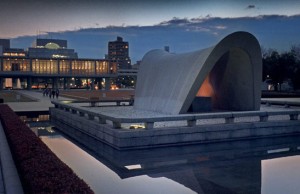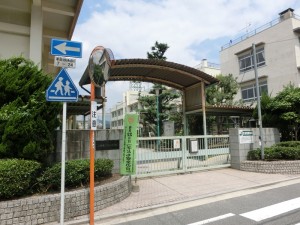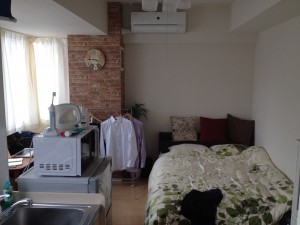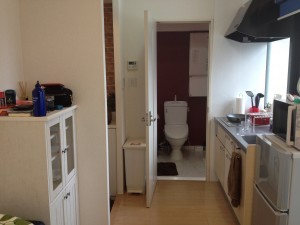Up until this point, my encounters in Japanese have been relatively low stakes from my perspective. I haven’t felt at risk for wasting someone’s time or seriously frustrating someone with whom I can’t effectively communicate. However, tomorrow Justin and I will speak with Hayashi-san, one of the original artists who grew up in post-war Hiroshima and presumably experienced many of the difficulties that accompanied it. In particular, I’m feeling nervous about my ability to afford his story the gravity that I think it deserves. Furthermore, I’m still waiting on IRB approval, so the meeting that Nii-san kindly set up for Justin and me could be limited to introductions and briefly speaking about our project. Nevertheless, I’ll continue to practice interview questions and work on my language skills. As with all of my interactions here, I will do my best to convey my genuine curiosity in Hayashi-san’s story, even if I can’t communicate it as eloquently as I would like. I’ve listed some of the questions that I hope to ask below:
-A number of the original artists have been located by the Chugoku Shimbun newspaper company; however, only some of those artists have agreed to be interviewed. Why did you agree to this interview, and what expectations did you have coming into it?
-Do you remember drawing this picture? Can you walk me through a typical school day for you in Nth grade? What are your fondest memories from that time, and what did you want to be when you grew up?
-Do you often go to the Peace Memorial Park? You’ve probably noticed that the park is constantly filled with foreign tourists. Why do you think foreigners decide to come to the Peace Park, and what do you think about their travel to Hiroshima for that purpose?
-Next year, your drawing will be displayed at the Bowdoin College Museum of Art. How would you like it to be exhibited? Is there anything particular you’d like to convey to Americans who come to see your drawing?
To the part of me that still feels like a first-year Japanese student, the opportunity to learn from these questions borders on the surreal. I feel profoundly grateful to all of the individuals making it possible. I want to especially thank Barbara and Marc Garnick and the Bowdoin College Museum of Art, who are generously providing funding for this project.
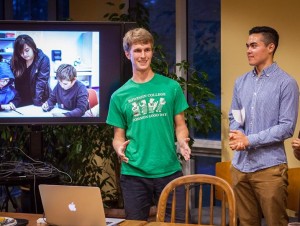
Justin (left) is currently studying at Hiroshima University. We met through Bowdoin’s Oshietai Program, where we taught Japanese to local elementary students. Credits to Anna Aridome.

